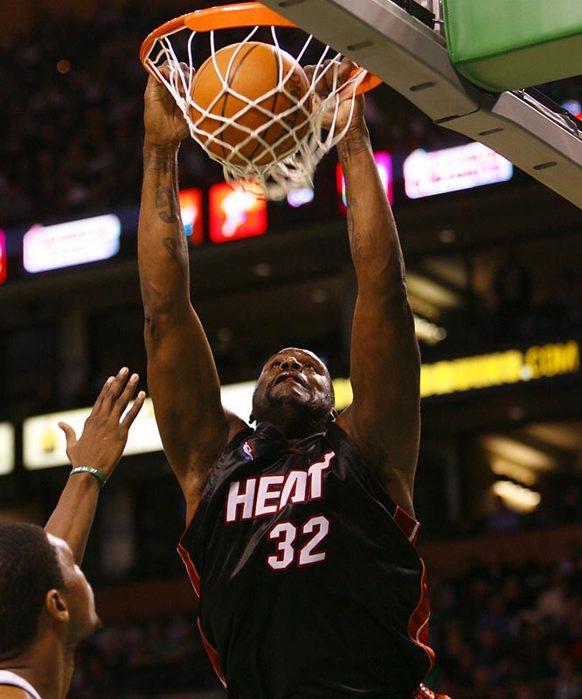Home »
Misc »
How to never lose the ball in basketball
How to never lose the ball in basketball
Dribbling Tips You Need to Keep in Mind
Dribbling, passing, and shooting are the three key skills you need to learn if you want to play basketball. However, we’ve seen most players focus mainly on shooting because yes, we get it, shooting the ball from a far place or having the perfect shooting form is pretty cool.
But there’s one thing that players should never forget when wanting to improve their skills in basketball, and that’s dribbling.
Dribbling is essential, especially in moving the ball forward into the opponent’s side of the court. If you’re planning to join a basketball training camp, you must find one that’s able to cultivate all the skills that are needed to win the game, including dribbling.
As a basketball training camp in Lorton, Virginia, we give you four important tips beginners need to take note of when learning how to dribble:
Pound the ball and dribble hard
The reason why you have to pound the ball hard is so that the ball bounces quickly to your hand, so your opponent can’t steal it.![]() The quicker it is in your possession, the harder it will be for your opponent to grab a hold of it.
The quicker it is in your possession, the harder it will be for your opponent to grab a hold of it.
Make sure to practice this while you’re in a standing position, as well as when you’re moving. You should also practice dribbling from side to side so that you can get the hang of proper ball control.
Use your fingerpads in keeping the ball and your fingertips to control it
If you’re trying to dribble the ball and control it while you move, you mustn’t use your palms. When you do, the force of your palm might not push the ball the way you want it to. And eventually, you’re going to lose the ball to your opponent.
Do not bounce the ball too high
Even if you pound the ball and dribble hard, you still have to keep it at a height that’s not too high so that you can control it easily. When the ball is too high, it means it will be away from your hand too long, and your opponent may be given a chance to grab it from you.
Our tip is that when you’re in traffic or closely guarded, keep the ball at knee-height so that you can control and protect it better. In an open court, however, dribble the ball at waist level so that you can move better.
In an open court, however, dribble the ball at waist level so that you can move better.
Make sure to use your body and non-dribbling arm to shield the ball from defenders
Dribbling isn’t simply keeping the ball in play, but it’s also about keeping the ball in your possession. To do that, you must learn how to use your body to protect the ball from your opponents. As mentioned before, you must dribble lower for easy control of the ball as you move towards your opponent’s side.
Want to improve your skills in basketball? Join our basketball training summer camp in Lorton, Virginia. Shots Up Basketball offers skills training programs, such as passing, footwork, shooting, ball handling, and yes – even finishing.
So talk to our staff now to know more about the training programs we offer.
5 Things You Need To Know To Be a Great Ball Handler
By Jeff Haefner
You can be an extremely effective ball handler by knowing and practicing 5 things. Most players and coaches make
things too complicated. But dribbling effectively is simple. You don't need lots of moves. You just need EFFECTIVE moves.
Most players and coaches make
things too complicated. But dribbling effectively is simple. You don't need lots of moves. You just need EFFECTIVE moves.
Here's all you need to know to be effective at any level.
1 - You need to develop a feel for the basketball.
Developing a feel for the ball consists of drills that are stationary and slow moving. You will improve your hand-eye coordination, hand quickness, ambidexterity, throwing, catching and other important aspects of ball handling.
These drills consists of the Maravich series, one-ball dribbling, one-ball dribbling through cones, two-ball dribbling, two-ball dribbling through cones, tennis ball dribbling, and the Steve Nash passing series.
These drills are also great to put at the beginning of your warm up as a stepping stone to more intense drills.
A huge mistake that many players and coaches make is that they spend too much time on this.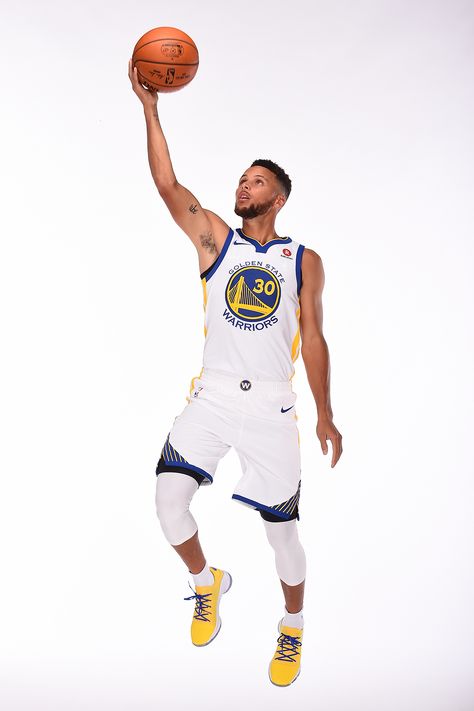 While it is important, especially for beginners, limit yourself to 5 to 6 minutes of each practice. The reasoning is that you can get very good at these drills, but you neglect the components below, you won't have the ability to handle game situations. If you can dribble 3 basketballs while juggling 5 tennis balls at the same time, it looks cool and it is a neat circus trick that is great for marketing, but it is a circus trick. It is not going to make you a better basketball player. The majority of your ball handling should be functional which means that they simulate game-like situations. Can you get down the court in 3 to 4 dribbles with either hand? Can you stop on a dime? Can you change speed and change directions like Chris Paul?
While it is important, especially for beginners, limit yourself to 5 to 6 minutes of each practice. The reasoning is that you can get very good at these drills, but you neglect the components below, you won't have the ability to handle game situations. If you can dribble 3 basketballs while juggling 5 tennis balls at the same time, it looks cool and it is a neat circus trick that is great for marketing, but it is a circus trick. It is not going to make you a better basketball player. The majority of your ball handling should be functional which means that they simulate game-like situations. Can you get down the court in 3 to 4 dribbles with either hand? Can you stop on a dime? Can you change speed and change directions like Chris Paul?
If you are able to dribble 3 balls and juggle 5 tennis balls at the same time, I would say that your hand-eye coordination, dexterity, and hand quickness are extremely good and you probably don't need to focus on them any more. You probably should spend more time on shooting, footwork, athleticism, and functional ball handling.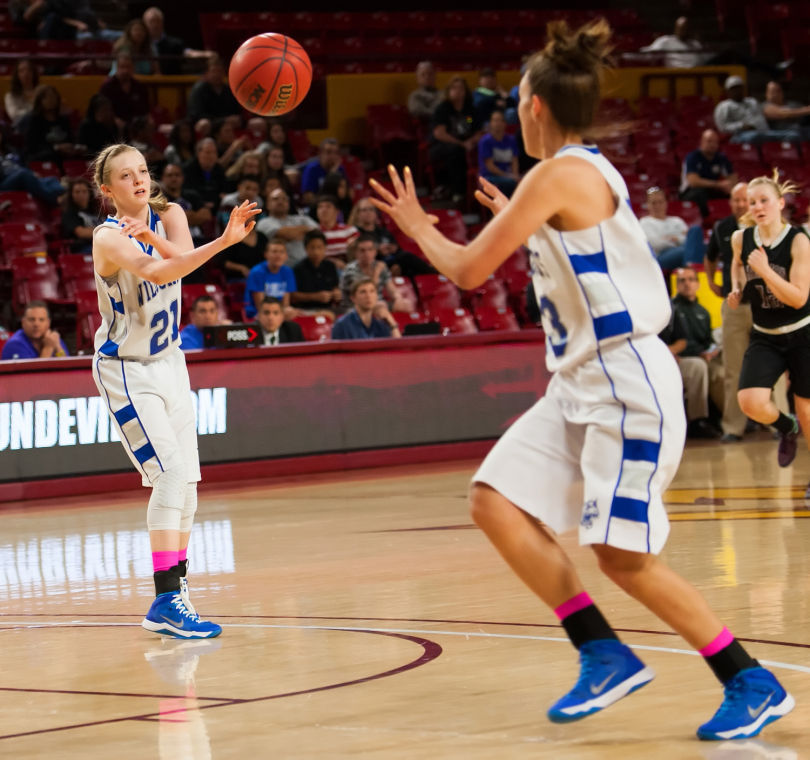
2 - You must be able to dribble the ball down the court at any speed (all the way from walking up to sprinting) with both hands with your head up.
Pretty simple but important, right? You can simply dribble up and down the court at different speeds.
3 - You must be able to change your pace.
It's good to incorporate change of pace in your dribbling drills.
Chris Paul is the
expert at changing speeds (pace). That allows him to get the defender off balance.
Practice changing the pace from walking, slow, medium, fast, and full speed. You can change the pace from slow to fast, medium to full speed, and any
other combinations you can imagine.
4 - You must be able to dribble while moving backwards.
So now instead of going forward, you need to be able to back out of traffic and so on. That's where the
back up dribble comes into play.
Simply, get in a position where you are protecting the ball and shuffle forwards and backwards up and down the court.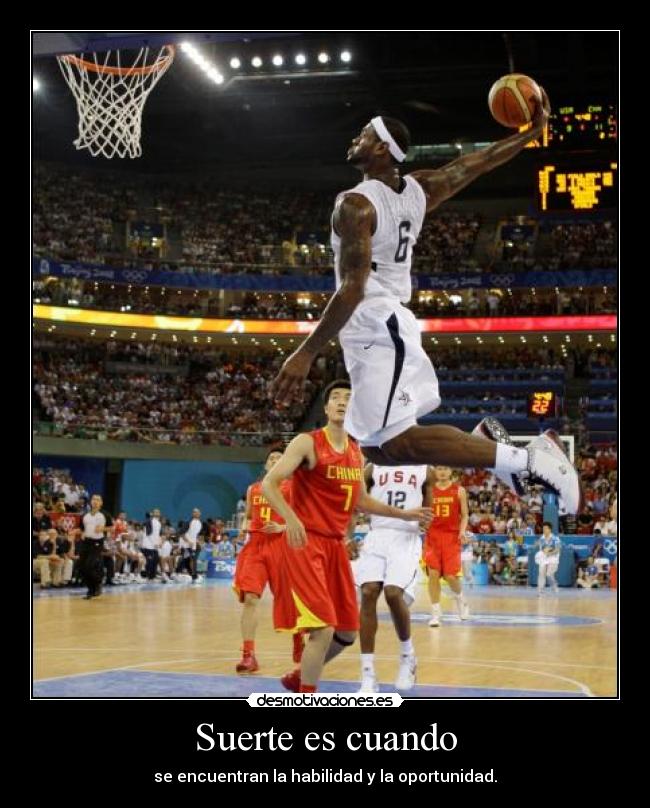
Next, you can practice running forward at a faster speed, come to hockey stop, and shuffle a couple of steps backwards.
Mix it up so you can handle any situation.
5 - You must have a primary dribble move and a counter dribble move.
If you perfect a go-to move that's very difficult to stop, good defenders will adjust to stop it. That's when you add your counter move to completely
keep the defender guessing.
I prefer the cross over as the primary move and the inside out as the counter move. You might use the hesitation move and the crossover.
That's it! Perfect those five things and when it comes to dribbling, you'll have the dribbling ability to handle almost any situation. Should you also
practice other things for ball handling? Sure. Now do you need apply the technical skills to competitive drills to handle game situations like transition, ball screens, handling traps, etc.? Yes. Do you need to improve your athleticism to make you a better player in every aspect of your game? Yes.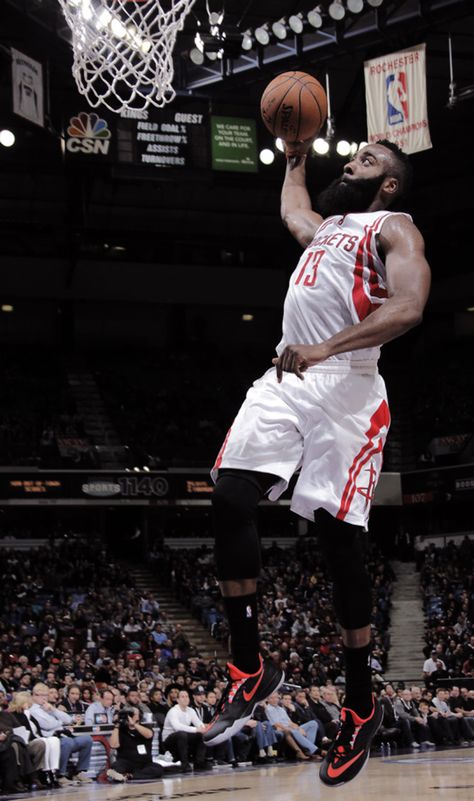 But I'm telling you, that these are five extremely effective methods to give you the technical skill to handle any situation.
But I'm telling you, that these are five extremely effective methods to give you the technical skill to handle any situation.
You can use the back up dribble all the time -- you use it when approaching a trap, when approaching defensive traffic, when getting cut off in the lane, when breaking the press, when breaking a player down one on one, etc.
You can then incorporate the cross over in lots of situations. If you advance the ball and get cut off you can back up dribble and then cross over to break down your man and blow by him. You can cross over to change directions and bring the ball to the other side of the court. You can cross over to the passing angle to your teammate. You can cross over to split a ball screen. You can cross over on the fast break to get by the defender. You can cross over to eventually set up your counter move (the inside out). So next time instead of crossing over, fake out the defender by giving the inside out move and then blow by the defender.
You still need to practice a lot, but I think this will simplify your life greatly by focusing on a few really effective dribbling techniques instead of
trying to practice all kinds of moves and techniques that don't really help. The techniques above are the the most effective dribbling moves that I know.
How To Become A Great Ball Handler
If you'd like to become a great ball handler, check out the Progressive Ball Handling & Footwork Workouts App.
It provides a step-by-step process with professionally designed videos and workouts. It has over 200 drills and 24 levels of workouts.
What do you think? Please leave your thoughts and comments below.
High Speed Techniques (dribbling, passing and catching the ball)
Speed, speed and more speed! This is the development trend of modern basketball. Increasingly, the speed of movement of players both with the ball and without it is increasing.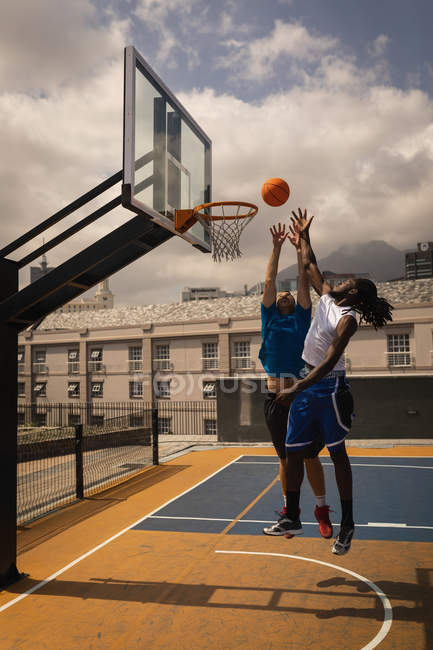 Less and less time is spent by basketball players on passing the ball, on handling it when catching, on preparing to throw the ball across the basket. The pace of the game increases, its sports intensity increases. I am sure that in the near future we will be able to rightfully call our basketball speed. We already have teams that are constantly playing at a fast pace. First of all, these are the champions of the country basketball players of CSKA. The athletes of the Tartu "Kalev" play the same way.
Less and less time is spent by basketball players on passing the ball, on handling it when catching, on preparing to throw the ball across the basket. The pace of the game increases, its sports intensity increases. I am sure that in the near future we will be able to rightfully call our basketball speed. We already have teams that are constantly playing at a fast pace. First of all, these are the champions of the country basketball players of CSKA. The athletes of the Tartu "Kalev" play the same way.
Many masters of domestic basketball very often perform various techniques at high speed. Look, for example, at Armenak Alachachyan's dribbling, Gennady Volnov's basket shots, Vyacheslav Khrynin's fast break. These basketball masters don't waste a single moment! It is from them that young basketball players need to take an example.
Technique for performing playing techniques at high speed has some peculiarities. I want to tell young basketball players about these features.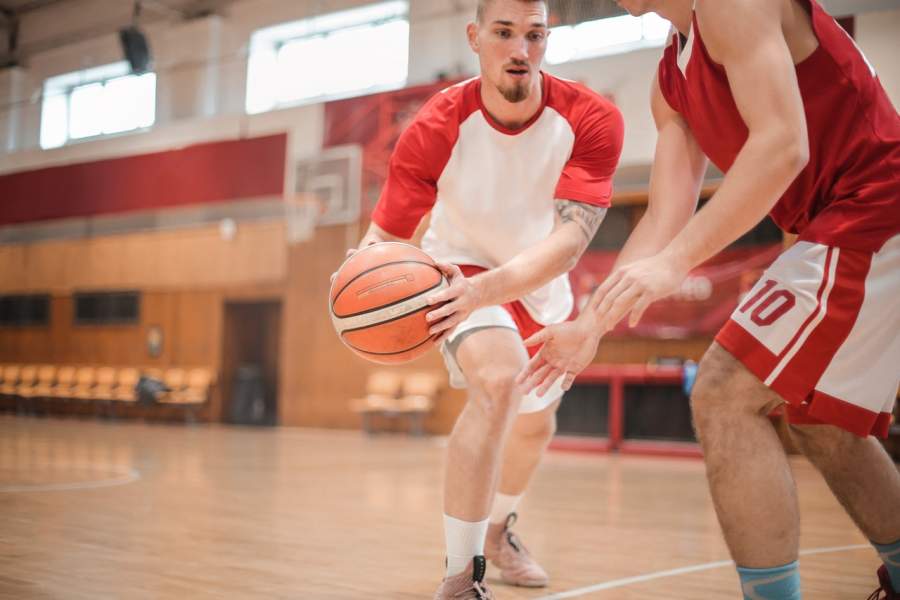
Dribbling
What is the best way to dribble when running fast - with high, medium or low bounce? It would be wrong to give a single recipe-recommendation for all cases of the game here. Dribbling height should be varied depending on the playing environment. The more free space in front of the player, the further away the opponents are, the higher the hand meets the bouncing ball. Indeed, with high dribbling, it is possible to develop a high speed of movement. And the closer the opponents, the lower the dribbling should be.
Coaches usually advise the player, if an opponent is near him, to dribble the ball with a low rebound from the floor and at the same time hold the hand firmly, push the ball down with mostly tense fingers. This is correct advice. True, I don’t follow him, but not because I think it’s wrong, but simply because I never dribble the ball low. I especially liked the medium bounce dribbling because it allows you to move quickly around the court. With medium dribbling, as with high dribbling, I always leave the wrist relaxed and push the ball down with my whole palm.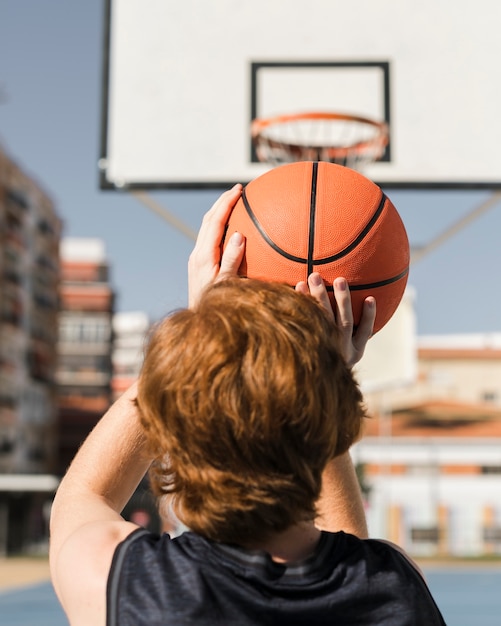
Of course, it is easier for an opponent to intercept the ball at a medium height dribbling than at a low one. But I prefer to win a little in speed to the detriment of the safety of the dribbling. I compensate for the reliability of possession of the ball by other means. In a dangerous neighborhood with an opponent, I cover the ball from him with my body. If the opponent attacks me from the right, then I transfer the ball to my left hand and turn the body to the left, leaving the defender as if behind my back.
When dribbling close to the opponent's backboard, for example when going under the hoop, it is not uncommon for a player to suddenly change the direction of their dribbling. Therefore, you need to learn how to move with the ball on strongly bent legs - it's easier to beat the defender.
During critical moments in a match, it is not easy to navigate the rapidly changing situation on the court. Here you can’t distract your eyesight from the game environment.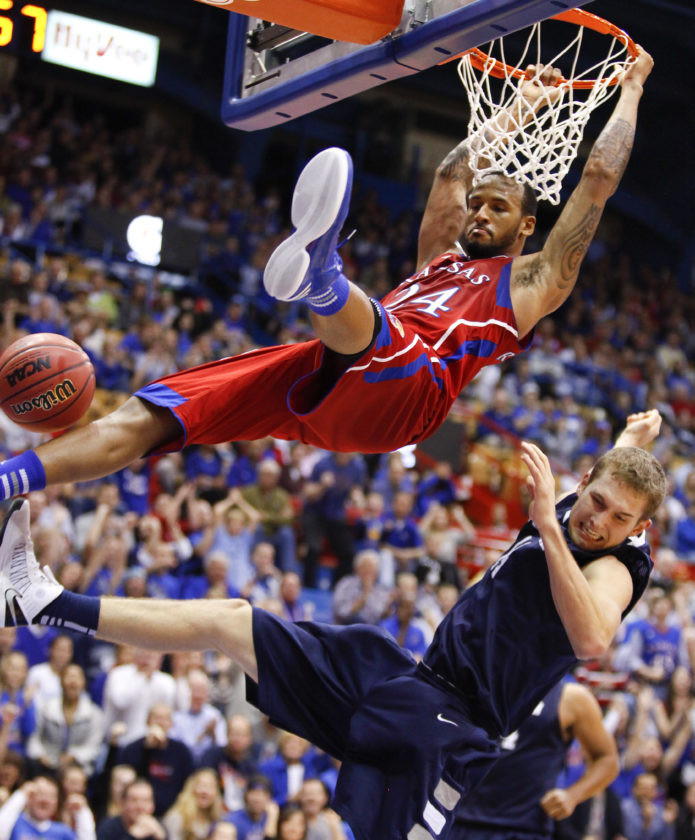 If you bury your face down, look at the ball that you are leading, then there will be little sense from your game. At an advantageous moment, partners will not wait for a sharp pass from you. Therefore, it is imperative to master dribbling without visual control of the ball.
If you bury your face down, look at the ball that you are leading, then there will be little sense from your game. At an advantageous moment, partners will not wait for a sharp pass from you. Therefore, it is imperative to master dribbling without visual control of the ball.
From the first practice, learn to dribble without looking at it. While still playing in children's teams, when dribbling, I carefully looked at the ball, thinking that this way I would be able to dribble it more accurately. But it turned out the other way around: the ball was often intercepted from me. Subsequently, I had to make a lot of effort to wean this bad habit and learn to control the ball with the help of skin-muscle sensations, and turn my eyes to the court.
I spent a lot of time and effort on dribbling practice. He drove the ball with both his right and left hand, moving on strongly bent legs. To make it more interesting to train, he controlled two balls at once, transferred the ball from hand to hand behind his back or around his leg. I liked the pair game exercise, in which two players side by side dribble the ball. During dribbling, you had to hit your partner's ball with your own ball. There is also such a good exercise: on a fast run, beat two opponents who are trying to take the ball away from you by dribbling. It is very useful to polish dribbling in a two-way game. So you will learn how to navigate the game environment at the same time as dribbling the ball.
I liked the pair game exercise, in which two players side by side dribble the ball. During dribbling, you had to hit your partner's ball with your own ball. There is also such a good exercise: on a fast run, beat two opponents who are trying to take the ball away from you by dribbling. It is very useful to polish dribbling in a two-way game. So you will learn how to navigate the game environment at the same time as dribbling the ball.
Passing the ball
The way and nature of passing the ball to a lesser extent than dribbling depends on the game situation. Before the pass, the basketball player must evaluate the place occupied by the partners on the court, the distance to them, the speed of movement of both his own and his comrades, as well as the location and actions of the opponents. For example, it is better to pass the ball to a close distance with the movement of one hand, especially when the partner is under tight guardianship. Such a pass will be unexpected for the opponent, and he will not be able to intercept the ball.
In many situations it is necessary to pass the ball to a partner with one hand, often with the left. You also need to be prepared for this. When I was unable to get to the opponents' backboard, I often “hooked” the ball back along a steep trajectory to my post or attacker. But in a free position, masters usually practice passing with two hands. When it is advantageous to throw the ball to a partner very quickly (until the opponents have time to cover it), you can use a volleyball pass. Sometimes players have to pass not from a pivot position, but in a jump, while still in the air. As you can see, the passes are very diverse.
The fastest passes are through the air. But it is not always possible to pass the ball to the post in the three-second zone. If there are a lot of players next to him, then it is more reliable to send him the ball by hitting the floor, although this pass is a little slower.
Young basketball players need to master all the rich arsenal of passing the ball.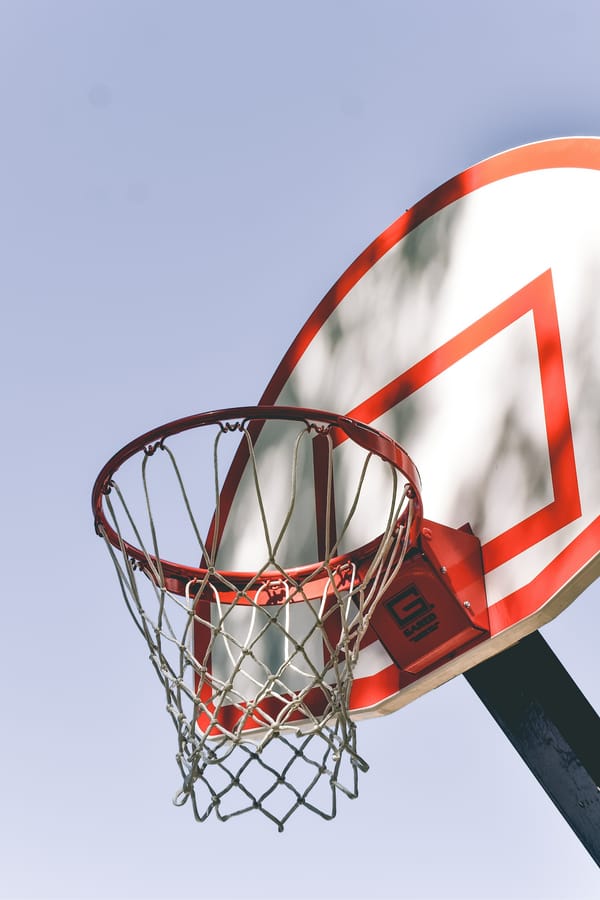 With self-study, you can train against the wall, sending the ball strongly into it. At the same time, you will learn how to catch the ball. You can get used to instant ball passes by practicing in “threes”, when two players alternately pass to the third at a fast pace, and he returns the balls to them while standing on the ground or being at the moment of catching and passing the ball in the air after a jump.
With self-study, you can train against the wall, sending the ball strongly into it. At the same time, you will learn how to catch the ball. You can get used to instant ball passes by practicing in “threes”, when two players alternately pass to the third at a fast pace, and he returns the balls to them while standing on the ground or being at the moment of catching and passing the ball in the air after a jump.
Never limit yourself to passing exercises on the spot. Learn to accurately send the ball to a running comrade at high speed. And there are good exercises for that. For example, passing the ball to a running partner in front. Or an exercise in "threes" - a swift run from one shield to another with quick passes to each other. Train the volleyball pass with a partner in fast movement, in a jump, and then speed up the pace of the exercise even more, throwing two balls at once. You should practice passing the ball at every lesson. Even the masters of basketball in training never forget to polish this seemingly simple element of technique.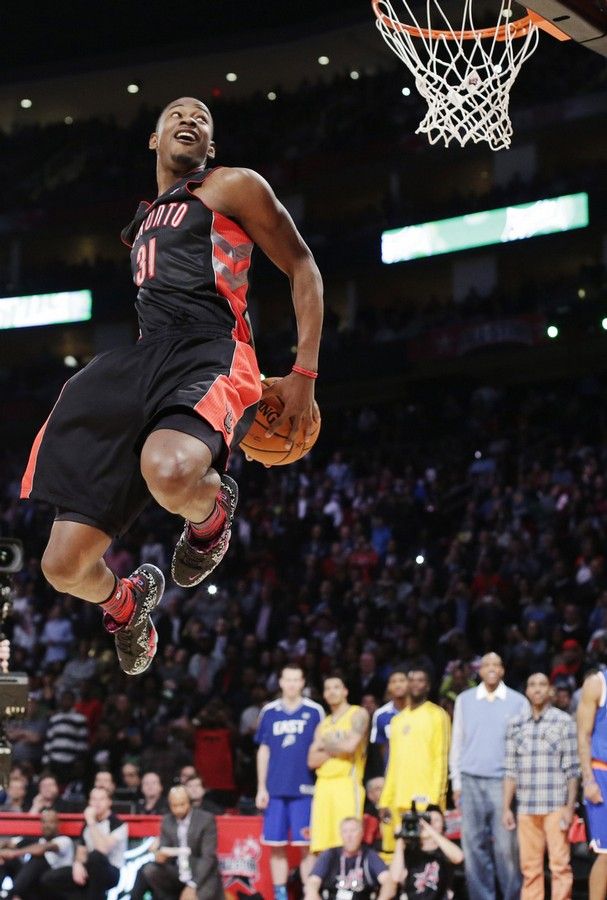
Catching the ball
It seems that nothing is easier than catching the ball. After all, even in childhood, each of us did this a hundred times a day, playing, say, "tens". But in basketball, catching the ball is harder. You have to take it on a fast run, often flying from the back. It is not so easy to catch the ball when it is suddenly and strongly thrown by a partner from close range, and in fact the partner can be forced to such a pass by the situation on the field. Therefore, you must perfect the technique of receiving the ball in order to do this, as they say, automatically. And in a match, always expect the ball so as not to miss the pass of his partner!
Team USA basketball player Dick Davis (4) has finished dribbling the ball and is now chained to the spot until he releases the ball. USSR national team player Alvil Gulbis (6) immediately approached the opponent, preventing him from making an accurate pass. This is an episode from the April match, held in Moscow.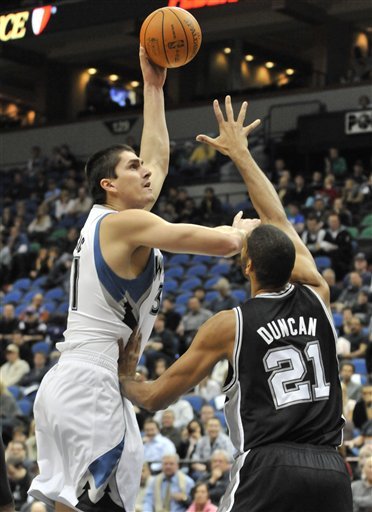
It is safer to take the ball with both hands. To get a solid ball catching skill, gradually complicate the training exercises. Transmission response speed can be improved as follows. Stand facing the wall two meters from it. Let your partner throw the ball hard against the wall from behind you, and you catch it. You can get used to receiving strong passes if you practice catching a ball kicked by a partner.
The ability to accurately pass and receive the ball is especially useful on a fast break. Indeed, in this acute situation, the player first, without looking back, runs forward, goes to an empty seat, and only then manages to look at his partner. The same is obliged to send the ball to a friend on time and exactly on the move. If at this moment you lose at least a fraction of a second to process the received ball, then the attack may bog down. The front player in a fast break must act with lightning speed!
At high running speed it is more advantageous to catch the ball in the support position. But even many basketball masters are still at odds with this way of receiving the ball. They usually catch the ball in a jump. So it is really easier, but precious time is lost. And in order to catch the ball without jumping, you need more complex coordination of movements. But the player's energy is saved and time is won for a swift attack. You can, for example, immediately pass the ball to a partner, and not wait until you land. Receiving the ball at high speed and without jumping is an indicator of the true skill of the player.
But even many basketball masters are still at odds with this way of receiving the ball. They usually catch the ball in a jump. So it is really easier, but precious time is lost. And in order to catch the ball without jumping, you need more complex coordination of movements. But the player's energy is saved and time is won for a swift attack. You can, for example, immediately pass the ball to a partner, and not wait until you land. Receiving the ball at high speed and without jumping is an indicator of the true skill of the player.
Young basketball players! As soon as you feel that the basics of basketball are up to you, immediately begin to persistently master the high-speed ball control technique. This is the surest way to sportsmanship in basketball.
Shooting exercises
replica swiss watches
Basketball is a great team game, the team consists of players whose skill is achieved with great effort. The only person who can understand that you are working hard is yourself.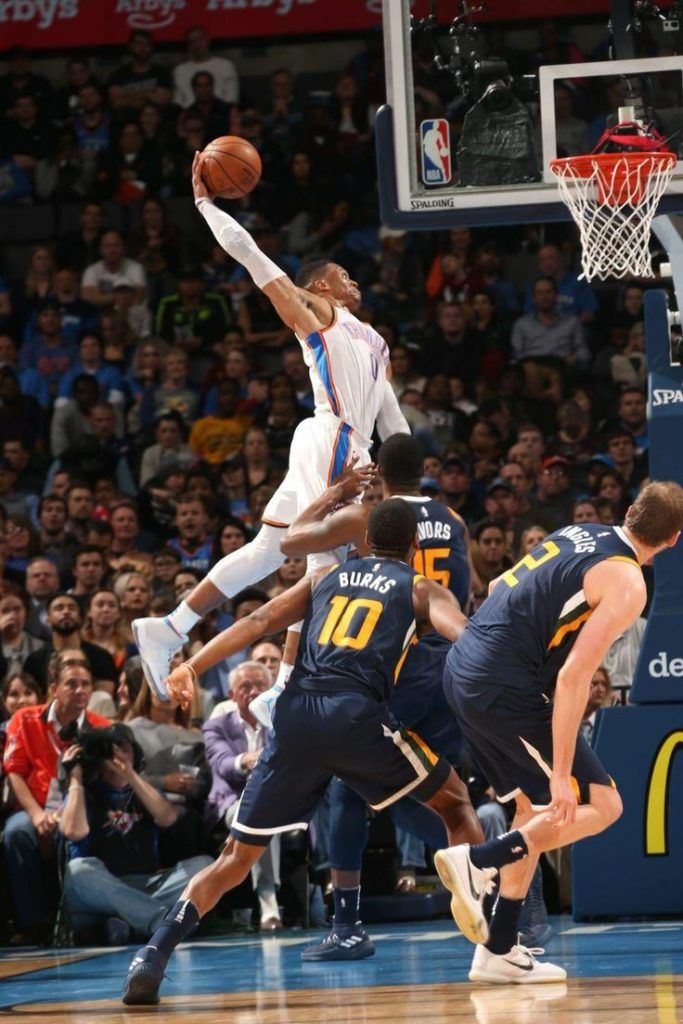 Remember, you only get out of the game what you put into it. Give yourself to her without a trace.
Remember, you only get out of the game what you put into it. Give yourself to her without a trace.
Jump shot
In basketball, an outstanding sniper is a piece item. If you want to be a great sniper, all you need to do is just want to be one.
First, you must improve your craft.
This includes having a good coach and years of training. Secondly, you must improve in game mode.
This means that you must perform throwing drills at the same intensity as in the game. It's far better to hit 100 shots in play than 500 sloppy shots that a good defender would never let you make in a game. Finally, you must understand that working on a roll is like investing in a bank. If you don't deposit anything into your account, you won't receive dividends when you need them.
The sniper must have "throw school". When throwing after a dribble, one of the main features is the last hit of the ball on the court, which must be fast and strong so that it bounces higher, right into your hands - this will help you not waste time handling the ball.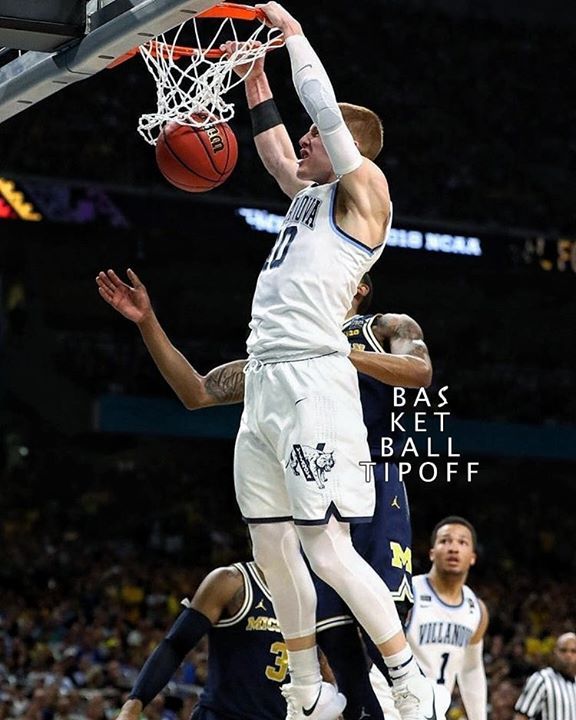
Individual Shooting Exercises
Exercise 1 Attention Concentration
- Start close to the ring.
- Throw with one hand. Follow correct technique.
- Make five from each position. Take a step back and repeat (Fig. 1).
Exercise 2 7 throwing positions and rebound (4 meters)
- Jump shot from position 1.
- Pick up the ball, dribble quickly to position 7, shoot.
- Pick-up, fast with guiding back to position 1.
- Make 10 rolls.
- Repeat the same steps using positions 6 and 2, 5 and 3, 4 (Fig. 2).
Exercise 3 7 shooting positions and a rebound (from behind the three-point line)
1. Repeat the same steps as in exercise 2 (fig. 3).
Exercise 4 Throw after stop
- Start from position 1, toss the ball to position
- Pick it up, while you have to run around the ball so that you are facing the ring.
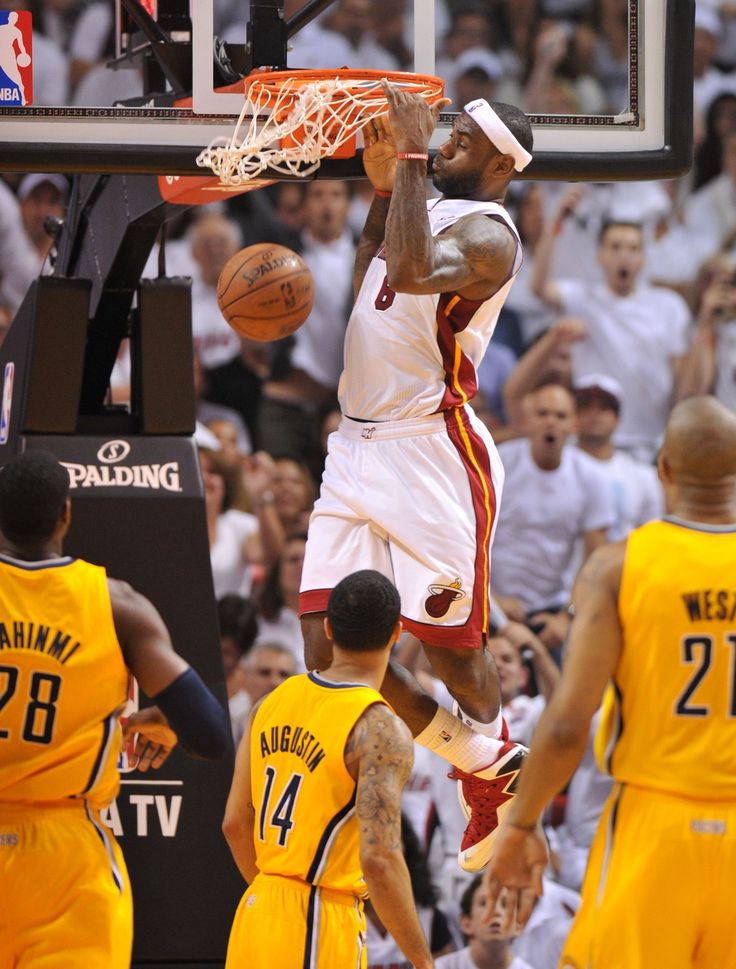
- Make 10 rolls, then advance to the next position.
Ex.5 Shooting from five positions after a fake move (from four meters or from behind the three-point line)
- Start from any position.
- On bent knees and with your head up, you do a throw feint, hit the ball one or two with your right hand, stop and jump.
- Return to position, throw feint, one or two hits with the ball with the left hand, stop, throw.
- At each position, 5 attempts (Fig. 5).
Exercise 6 Jump shots after dribbling
- Start the exercise from the center of the field, move to the hoop with dribbling at game speed, after stopping quickly shoot.
- The shot must be taken from a middle distance or from behind a three-point arc. Perform the exercise, both on the right and on the left and in the middle of the site.
- Use different types of dribbles: fast dribbles, broken tempos, pivots, etc.
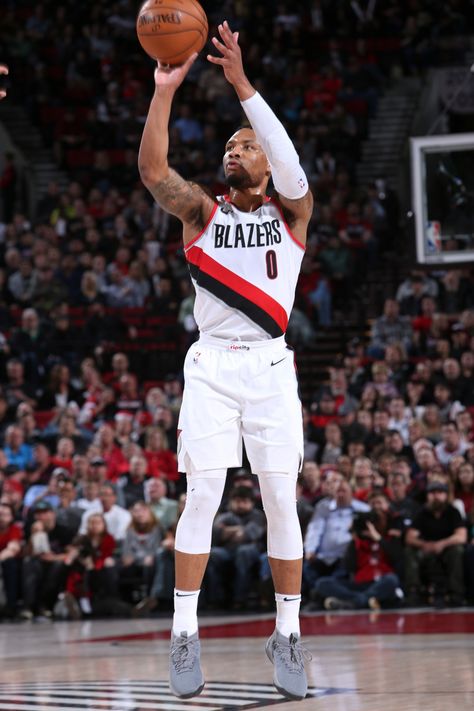
- Make 5 attempts in each direction (Fig. 6).
Exercise 7 Playing with a virtual opponent
- Perform a free throw. If you have implemented it, you get one point. If not, then your "opponent" is three.
- You make subsequent throws from any position except the three-second zone, imitating the rhythm of the game. Work on different moves and throws. Each of your successful attempts is estimated at the bottom of the point, unsuccessful at two for the "opponent". The game goes to 11 points.
- This is a very good exercise to reinforce what you have learned. Try! Improve! (Fig. 7).
Double shots
Dr. 8 2 players, shot and rebound (4 meters or from behind the three-point line)
- The drill starts with a good, clear pass. The player who made the pass from under the basket goes to the place of the thrower.
- The player in position 1 catches the ball and shoots.
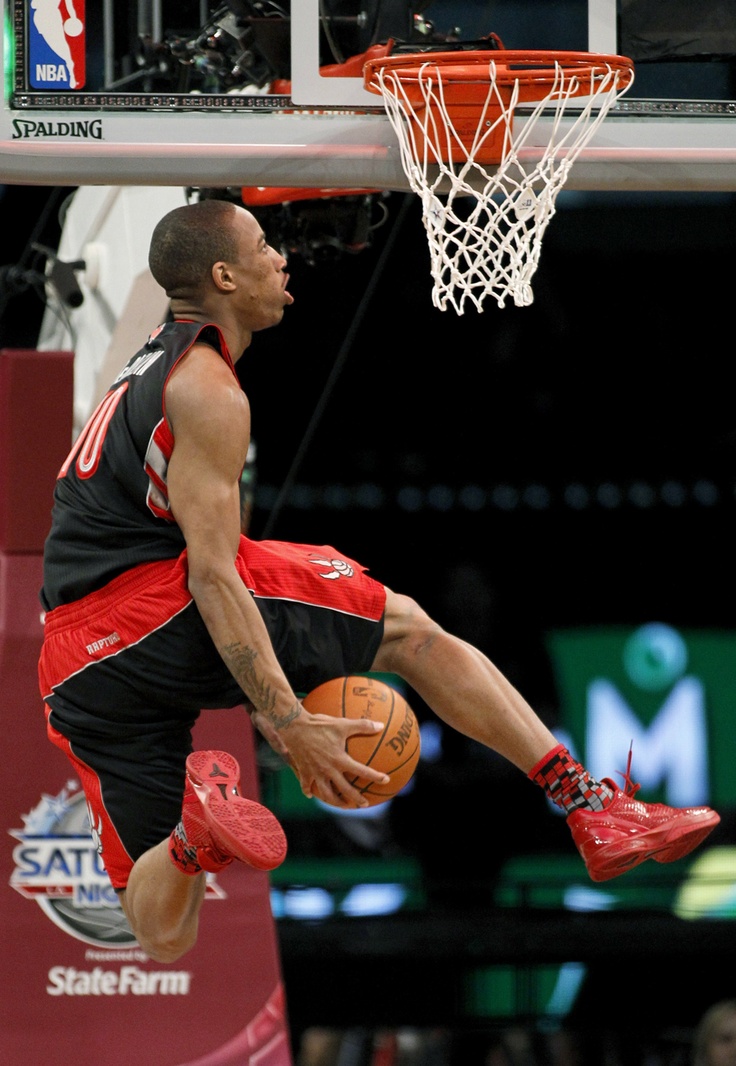
- After the shot, the player runs to the rebound and then passes the ball 1 position and so on.
- Each player must make five throws. The exercise is performed at a fast pace, but the throws should not be sloppy.
- Then the transition to another position and everything is the same (Fig. 8).
Exercise 9 Two players, throw and rebound (per result)
- The exercise is performed as described above.
- The player who made the pass tries to interfere with the shot, but does not block.
- Game up to 5 hits.
- Then we move to another position, and so on. (Fig. 9).
Exercise 10 Two players, throw and rebound, throw trick
- The exercise is performed in the same way as the previous one.
- The defender who made the pass tries to interfere with the player in position 1, but does not block the shot.
- The attacker makes a throw feint and beats the defender.
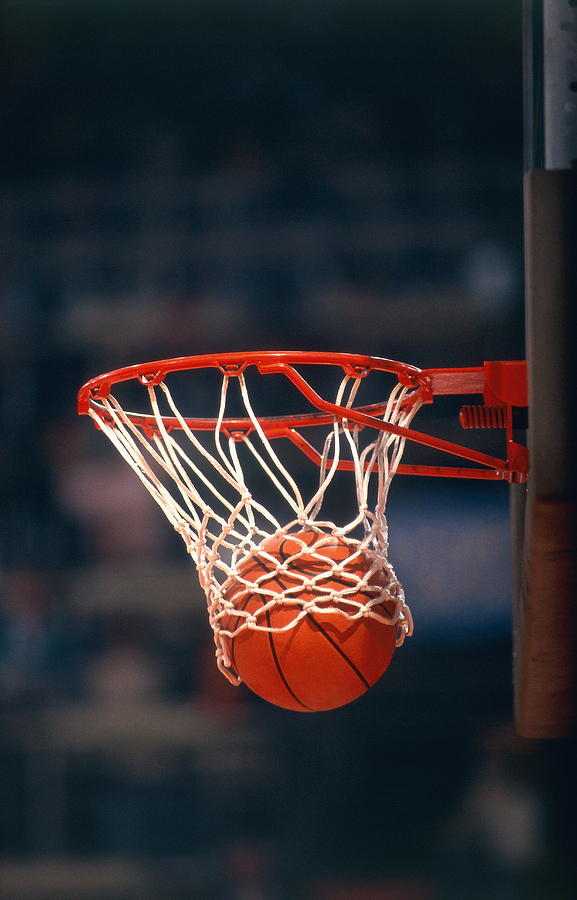
- Performs a short dribble, stops and throws.
- Do 5 times each and change position (Fig. 10).
Ex. 11 2 players, shot after a stoppage (from four meters or from behind the three-point line)
- The attacker is in position 1, ready to receive the pass.
- The player under the basket passes.
- After the throw, the attacker waits for the rebound to be made.
- The player receives a pass by making a stop, but already in position 2. Then back.
- Make 7 throws, two free throws and switch (fig. 11).
Ex. 12 Shooting with movement (from four meters or from behind a three-point arc)
- The attacker moves around the perimeter at game speed.
- A player passes to the hand farthest from the ring.
- The attacker must stop, catch the ball and throw.
- Make seven throws, two free throws and change (fig. 12).
Note: The previous exercise has three options.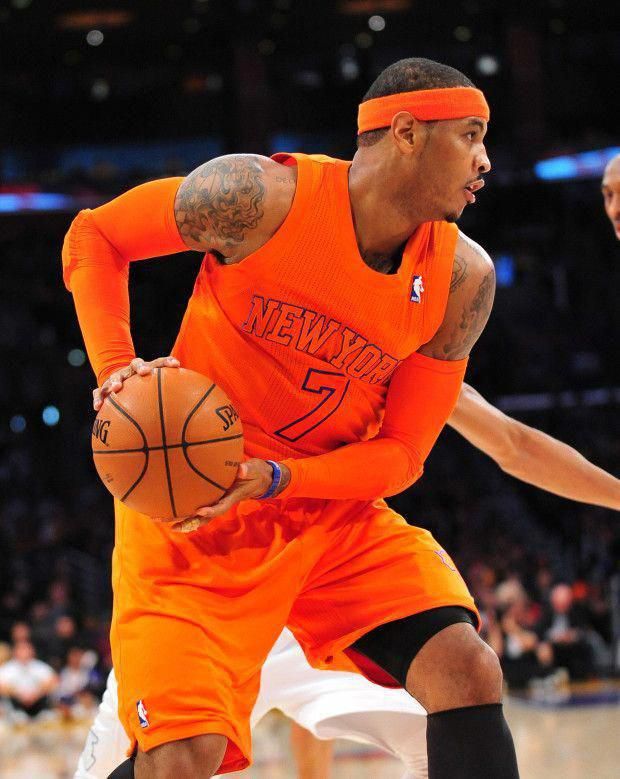
A) Receive the ball and throw it.
B) After receiving, throwing feint, dribbling in the same direction, throwing.
B) Receives a pass, throw feint, dribbling to the ring in the other direction, stop, throw.
Ex.13 Various dribbling options and a jump shot
- The attacker starts from the center of the field and, dribbling at game speed, moves towards the ring, stops and takes a jump shot.
- The player under the basket picks up the ball, the attacker runs to the center of the field, and receives the ball on the opposite flank. Moves with dribbling to the ring, stop, jump shot.
- Right side dribble with right hand, left dribble with left hand (Fig.13)
Note: Use speed dribbling, change of pace, transitions, pivots.
Three players, two balls
Exercise 14 Warm-up exercise
- One player throws, another passes, a third rebounds.
- Thrower becomes rebounder after seven tries.

- Passer - thrower. Picking up - passing (Fig. 14).
Note: different options are possible
1) From seven positions (four meters)
2) From seven positions (from behind the three-point arc)
3) From five points with feints to shoot
4) Throw after stoppage
5) Throw and rebound (constant rotation around the circle)
Double shots: using screens
To use the screen effectively, you must read the defender correctly. You must always see the player with the ball and how the defender defends against you. A player who moves well off the ball and knows how to use screens correctly is very useful offensively. When you watch a match that has good players, notice how well they move off the ball. The hardest thing to defend against is a well-moving attacker.
Exercise 15 Back screen and snatch
- The player imitates opening and screening behind his back, makes a dash to the corner of the court.

- Throw to the nearest hand.
- Attacker catches the ball and shoots.
- The attacker picks up his shot, passes to a partner and returns to his original position.
- Make seven attempts and change (Fig. 15)
Note: do not back away when dashing, turn and run, but do not lose sight of the ball.
Exercise 16 Screening behind the back, "false" screening
- 1. Attacker starts on the base of the trapezoid and moves up to imitate the screening.
- 2. After the imaginary breakout runs, the screening attacker rises to the ball and prepares to receive the pass.
- 3. Having caught the pass, he immediately makes a throw.
- 4. Make seven attempts and change (Fig. 16).
0003
- An attacker imitates a defender aiming for a screen and quickly rises to the ball.
- The player must be ready to receive the ball.
- The attacker catches the ball and makes a quick throw.
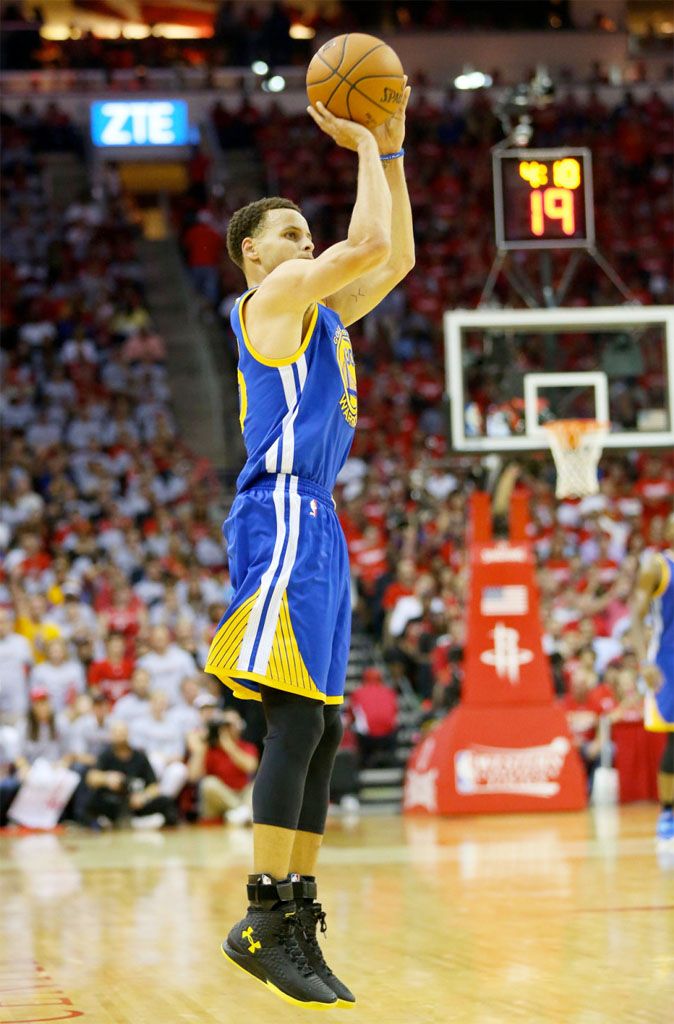
- Make seven attempts and change (Fig. 17)
Exercise 18 Screening the ball carrier, moving away from the ring
- The attacker screens the ball carrier.
- The ball carrier passes through the screen aggressively.
- Instead of backing out to the basket (deuce), the screening attacker moves away from the basket and prepares to receive the pass.
- Having caught the ball, he immediately makes a throw.
- Make seven attempts, then change.
Exercise 19 Barrier at the base of the trapezoid - opening to the flank
- The attacker takes the player under the ring, breaks shoulder to shoulder through the barrier and makes a dash to the flank.
- When catching the ball, the player must turn to the ring.
- Use different throw options: just throw, and dribbling to the right or left after a throw feint. Change after five attempts (Fig. 19).
Exercise 20 Barrier at the base of the trapezoid - opening into the corner of the court
- The attacker takes the player into the three-second zone, pretends that he will break through to the flank through the barrier, the defender starts running around the shielder through the three-second zone.

- An attacker makes a dash to the corner of the court, and the defender hits the screen.
- Next, the same as in the previous exercise (Fig. 20).
Exercise 21 Screen at the base of the trapezoid - dash inward
- The defender is chasing you, not falling behind until the very screen.
- Then you run through the screen as close to the screener as possible and break into the three-second zone or foul line area.
- Receive the ball by turning towards the hoop and throw it.
- Also work out various options for continuing after receiving the ball. After five attempts, change (Fig. 21).
Throws in pairs: pass and discount
Exercise 22 Pass and discount - starting from the center of the field flank.
The receiving player is opened for transmission. Player receives a pass and shoots. The player who made the pass picks up the ball and gives it to the thrower.